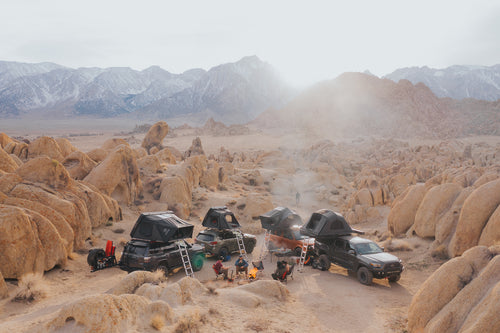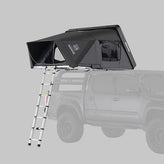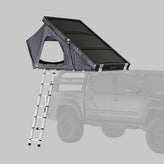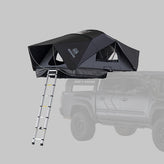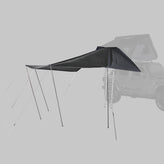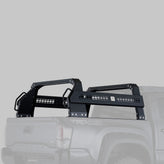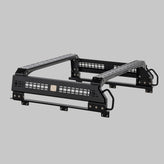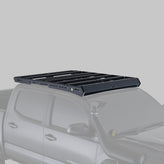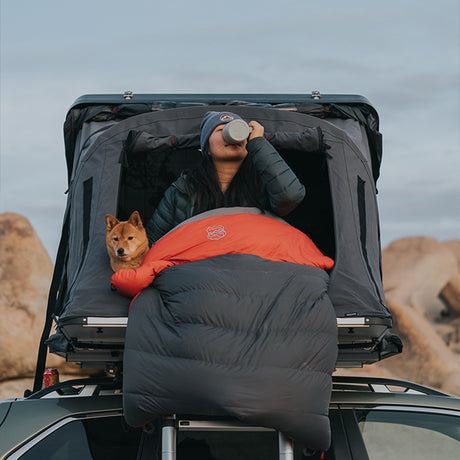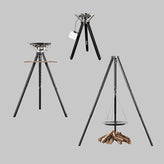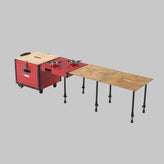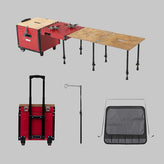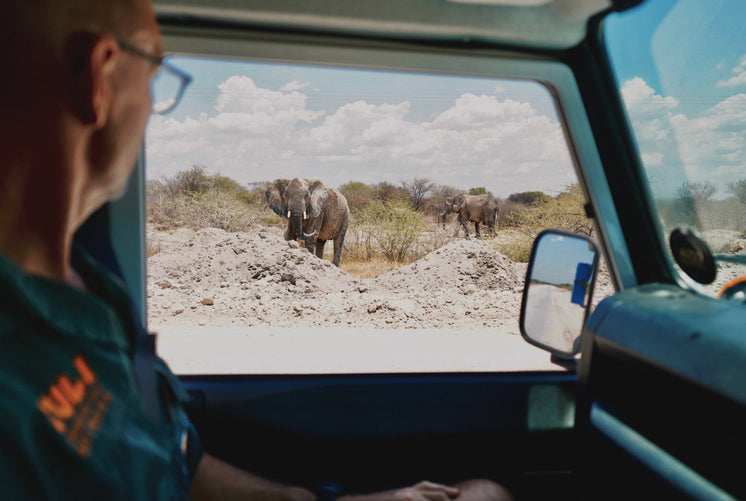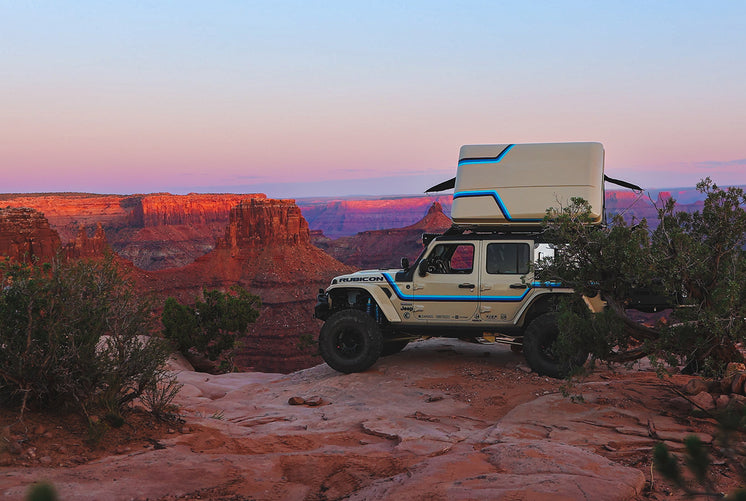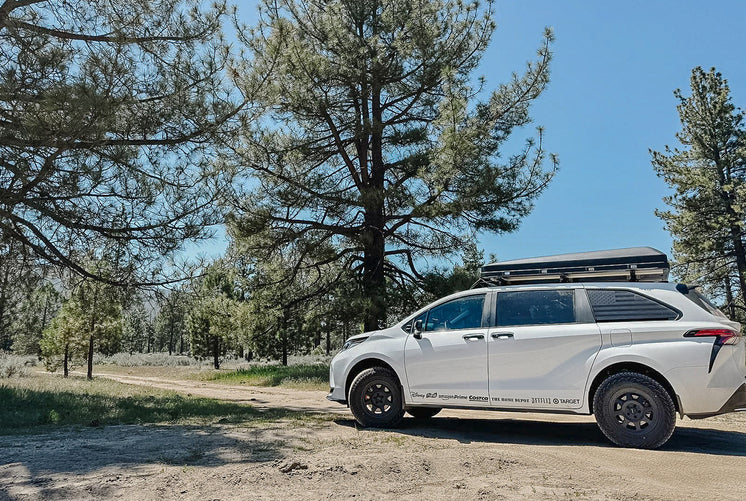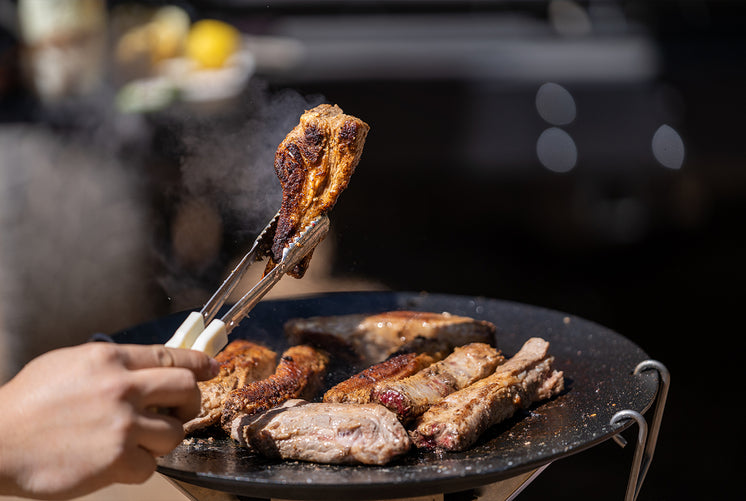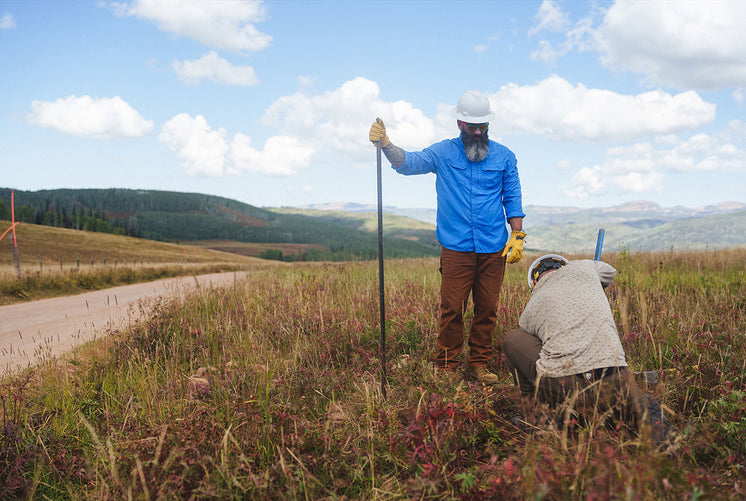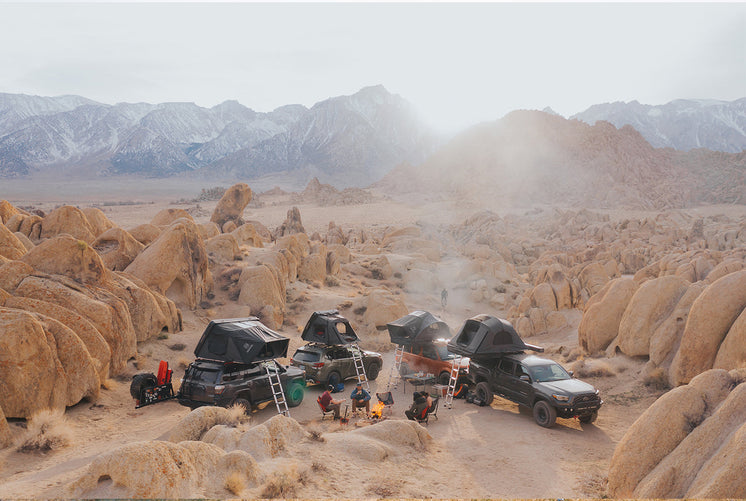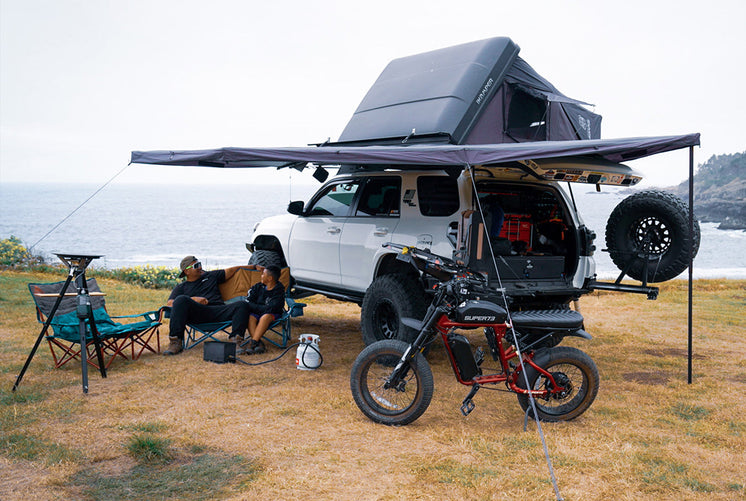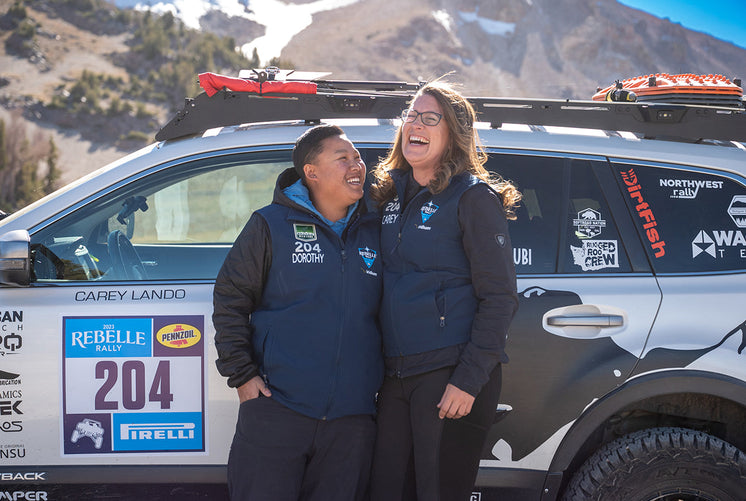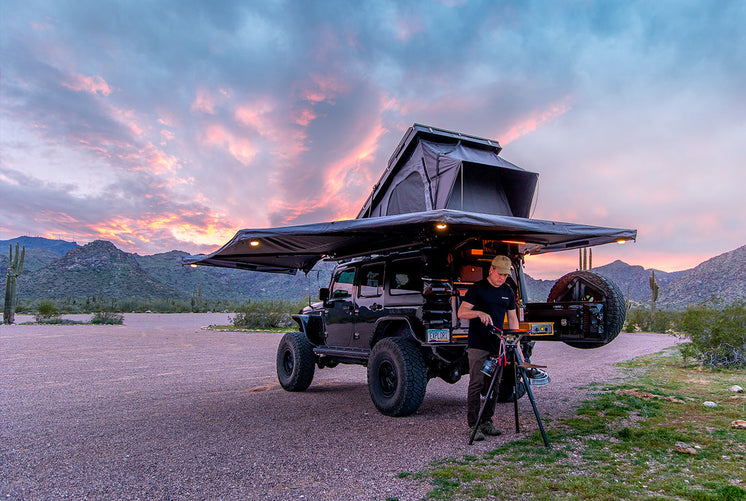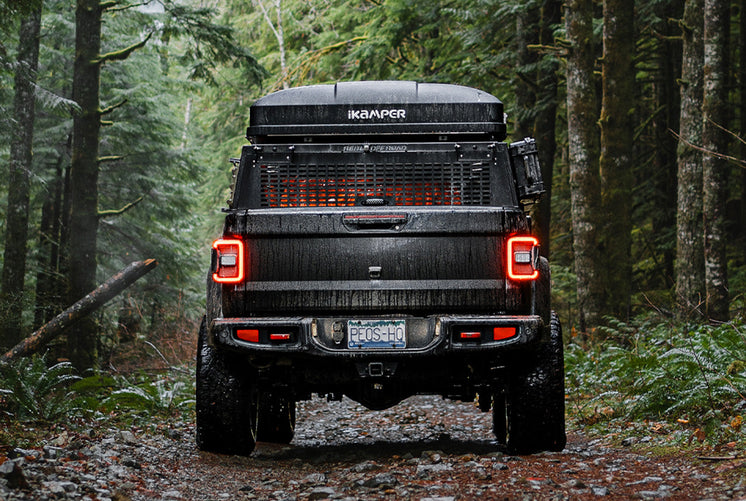What is Car Camping
What Is Car Camping?
It can seem like camping has fractured into dozens of specialty categories: overlanding, van life, backpacking, glamping, etc. What is car camping? In the most basic sense, car camping is any method of camping where you drive up to a campsite in your car. Car camping does not have to mean sleeping in your car, but it can. It can also mean pitching a tent next to or on top of your car. This article will cover all the essentials you need to pack, the pros and cons, our top tips, and the best cars for car camping.
Car Camping Essentials - Gear for a More Comfortable Experience?
Your packing list will always depend on where you plan to camp, the type of campsite, the time of year, and the weather expected. It’s not one size fits all, but some predictable items apply in most cases.

These are the essentials on our packing list:
- Shelter: This could be a ground tent, a roof top tent, or your vehicle.
- Bedding: Any combination of sleeping bags, blankets, and pillows for a restful night's sleep. You can upgrade your setup with an inflatable air mattress if you want to swing for the fences.
- Provisions: Your food, water, utensils, and a way to store them (cooler).
- A Kitchen System: Whatever you require to prepare your meals, such as a portable grill, fuel, fire starters, and cookware. There are countless options out there, and we have our favorites.
- Lights: Flashlights, headlamps, and lanterns to keep from stumbling in the dark.


- Navigation Resources: You do not want to get lost or stranded if you lose phone service. Download your route for offline use, and pack a map in case your phone or nav system runs out of battery.
- Packable Furniture: Bring your own table and chairs if your campsite doesn’t provide a picnic table. Bonus, they’re not attached to one another, so you can sit anywhere you like.
- Power and Fuel Sources: Portable batteries are a great option for recharging devices like your phone without running the car. Pack extra batteries and fuel canisters for anything that needs them.
- Storage Solutions: Keep things organized with totes or storage racks. No use in bringing gear if you can’t find it.
- Ear plugs: Better to have them and not need them than need them and not have them.
- Toiletries + Hygiene Kit: Toothpaste, soap, toilet paper, medications, whatever you need. See our guide to backcountry bathroom etiquette if your campsite is short on amenities.
- Trash Bags. If you pack it in, you have to pack it out.
Pros and Cons of Car Camping
There are countless ways to enjoy the outdoors, and car camping is not for everyone. We’ve outlined some of the pros and cons below, so you can determine if car camping is for you.
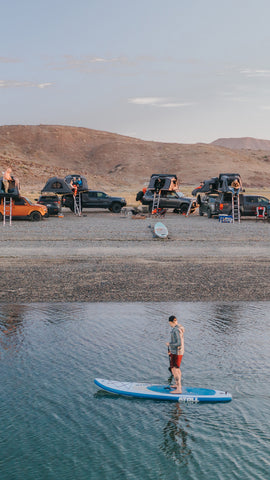

Pros
- Camping (almost) anywhere you can drive your car.
- Reliable, immediate access to your vehicle for emergencies (an injury, unexpected storm, wildlife encounters, etc.).
- You can bring non-essential items. Be as extra as your imagination allows. The only fundamental limitation is what will fit in your vehicle. Or on top of it.
- Accessibility. Car camping is more manageable for families with children than backpacking or walk-in campsites. It’s also more accessible for individuals with mobility limitations.
- By driving up to your campsite, you can pack more gear and store it in your car for convenience.
- Vehicles are weatherproof, providing 4-season shelter if you choose to sleep in your car. 4-Season RTTs are also an option.
- Setting up camp can be much faster and easier if you utilize a roof top tent or sleep in your vehicle.
Cons
- Car camping may require modifications to your vehicle, whether an interior conversion for platforms and storage or upgrading cargo rails to support a tent.
- Depending on your chosen shelter (ground tent vs. roof top tent), you may need to pack up camp to drive to an activity or pick up provisions like ice or firewood.
- Fuel costs for car camping can be steep! Between your vehicle’s fuel efficiency, gas prices, the distance you’re driving, and how heavily you’ve packed, the dollar signs add up quickly.
- Proximity to other campers. If you find the idea of dispersed camping too daunting, traditional campgrounds like KOAs or state parks can feel… crowded. Not much like an escape. And not much privacy.
- Some campgrounds and municipalities do not allow you to sleep inside your vehicle. Regardless of why these rules and regulations exist, it is important to do your research, know what is expected, and not invite trouble for yourself.
Car Camping Tips
We’ve seen it all and done it all. When it comes to car camping, we have 15 tips to make your next camping experience the best yet.

- Test equipment out before going camping. This goes for new gear, so you know how to use it, and old gear that’s been in storage for longer than you can remember. Keep your car fueled whenever you have the opportunity. You do not want to find yourself on remote land, miles from civilization, and run out of gas.
- Have a backup plan. Identify at least 3 sites you may camp at your destination so if you pull up and find the first site occupied, you’re not out of luck.
- Set up camp before the sun goes down.
- Don’t forget to turn off your headlights. Save your battery.
- Park your vehicle in the shade or in the shelter of anything that can provide a wind break. Depending on your campsite and season, this will be critical.
- If sleeping inside or on top of your car, try to find a level spot to park.
- If pitching a traditional tent, you’ll want to find a smooth, flat area. Avoid pitching camp over rocks and tree roots because this is where you’ll sleep and it won’t be fun trying to move your tent in the dark.
- Be prepared for strict fire regulations. Review any burn bans, pack alternate fuel sources (such as propane), and secure fire permits if required.
- Utilize public waste stations for trash and recycling when available. This will keep your car clean, limit any smells, and reduce interest that wildlife may take in your campsite.
- Carefully consider food storage, and observe regulations from rangers and land management. Do not store food in your vehicle while camping in bear country. Bears are more than capable of breaking your windows if they want to.
- Stay organized. We can’t emphasize this one enough. You don’t need a complex or color-coded and cataloged system, just something that works for you.
- Remember that this is an opportunity to relax. Relieve a little pressure by preparing some meals in advance. Then all you have to do is heat them up. We’ll also note that backpacker meals have gotten much more sophisticated in recent years… they’re really not so bad.
- If you plan to visit multiple state or national parks, pick up an annual parking pass to save money.
- Do your homework and research your destination. Not only the weather forecast but if there are unique rules or regulations. Some rules are to protect wildlife, some rules are to protect you. We love camping with our dogs, but they’re not welcome at all parks, and we respect that.

Best Car Camping Cars
Our goal is to make car camping accessible without the latest gadgets and the newest off-road vehicle. While we do recommend a 4WD or AWD vehicle if you’d like to get to more remote campsites, it’s not necessary. You can still car camp in some of the most beautiful places in the country without engaging 4Lo. The best car camping car is the one you’ve already got, for now. Don’t break your budget if you don’t need to.
Many of us at iKamper started camping in FWD hatchbacks like the Honda Civic, Ford Focus, or Volkswagen Golf because it’s what we had at the time, and the rear hatch made it easy to slip into bed at night. Many state campgrounds and national parks are accessible by whatever vehicle you have in the garage.
However, if you are looking for an off-road capable vehicle for dispersed camping, we’ve put together a list of the most popular vehicles we’ve seen roll through our roof top tent install bay.
- SUVs like the Jeep Wrangler, Toyota 4Runner, and Chevy Tahoe are all great options because they have ample storage space and more ground clearance than most crossover SUVs. If you’re getting off the beaten path to find a remote campsite, the full-size SUV may be your best option.
- Crossovers like the Honda CRV, Toyota RAV4, and Ford Bronco Sport share many features with their full-size brothers. Still, they typically get better fuel economy by sacrificing storage capacity and off-road capability. Adding a roof top tent to a crossover does gain storage space back because all of your sleeping gear is on the roof instead of in the trunk and back seats.
- Mid-Size trucks like the Toyota Tacoma, Ford Ranger, and Chevy Colorado are some of the most popular vehicles for camping. Their size makes them a great daily driver that can head to the mountain on the weekend without skipping a beat. Aftermarket support for these vehicles outpaces any other vehicle type on this list, so if you want to go all out in outfitting your rig for car camping, these may be your best bet.
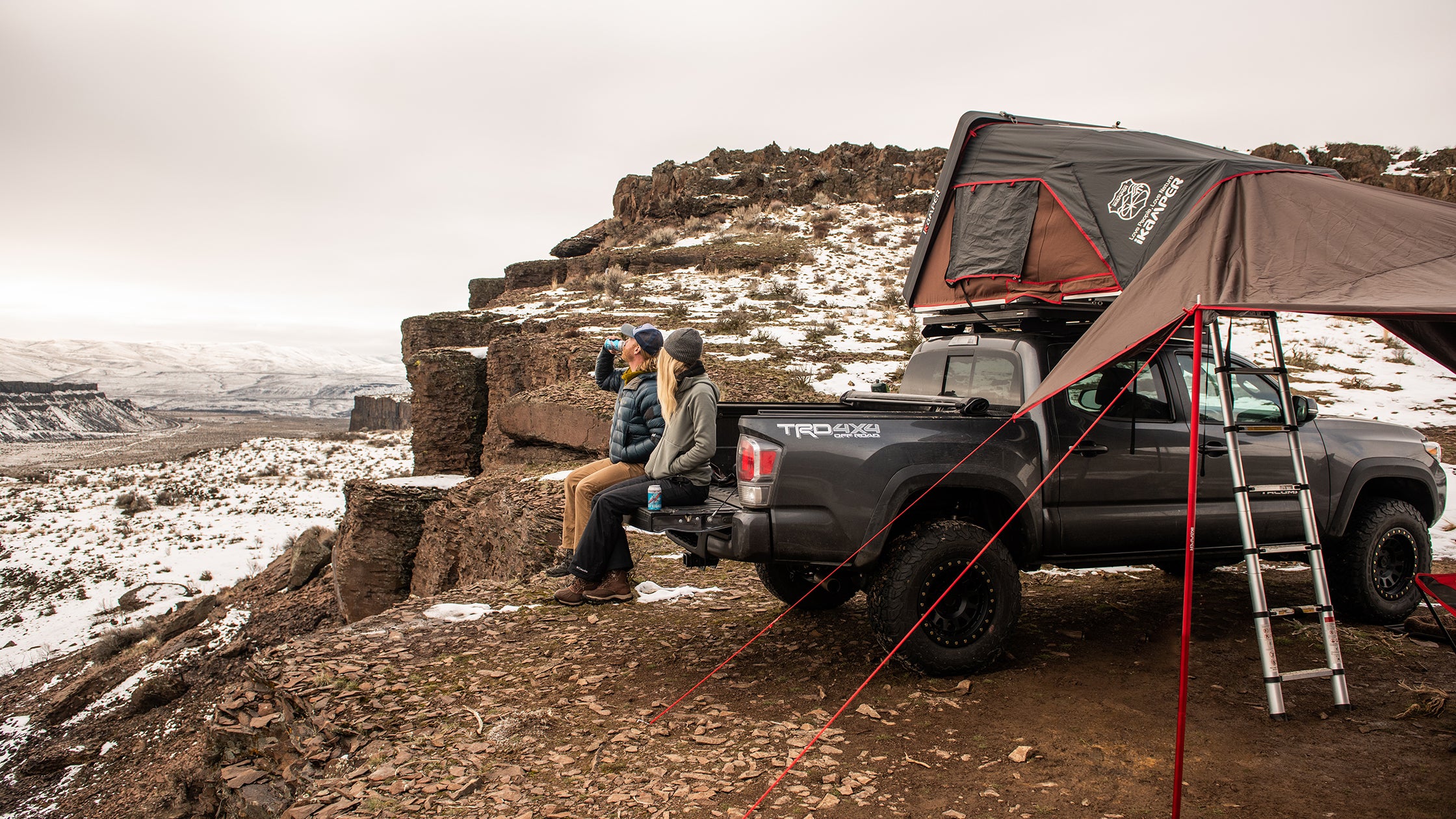
- Wagons like the Subaru Outback, Forester, and Crosstrek are by far the most popular cars to roll through our roof top tent install bay. Being affordable, compact, and capable, these AWD camping machines are a top pick for us. We have a roof top tent option that fits every one of Subaru’s lineup, and about half our employees own one. We’re biased, but for good reason! Living in the PNW, we see all types of weather and road conditions. We need capable vehicles to drive to work and into the woods when we want to escape for the weekend.
- Vans like the Mercedes Sprinter, Ram Promaster, and Ford Transit are all popular options for camping. With ample space in the back to build out a kitchen and sleeping area with room for storage, it’s hard to beat this self-contained setup. If you have a family, we have seen our Skycamp series roof top tents set up for the kids while the parents sleep in the van, so everyone has their own comfortable space.

Thinking About Going Car Camping
If you’re considering how to take the next steps, start by identifying ways you can hit the road and get a feel for it now. Review the pros and cons, and research nearby destinations you can explore. There’s no right or wrong way to go car camping as long as it works for you. A weekend getaway is a great way to get your feet wet. Upgrades will always be there when you decide to invest in a deluxe setup tailored to your wants and needs. For more information about roof top tents and finding the right one for your vehicle, take our quiz!
